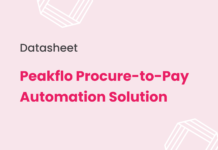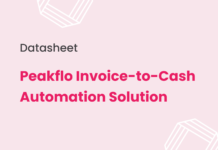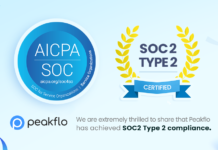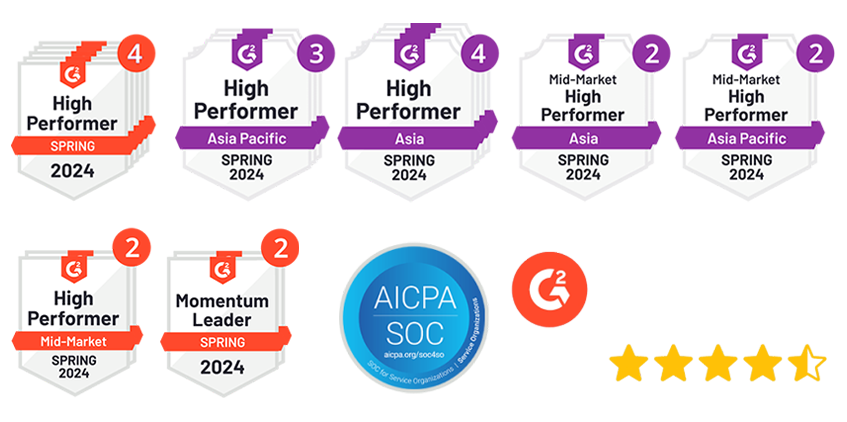Do you know that manual payment processing for 1,000 invoices can cost as much as buying eight new iPhone 16s? That’s right. Manual payment processing is time-consuming and a significant drain on resources. Let’s explore how zero-touch payment processing can revolutionize your finance operations.
The Hidden Costs of Manual Payment Processing
Manual tasks like data entry and reconciliation consume a staggering amount of time and effort. Accounts Receivable (AR) analysts often spend hours on repetitive tasks, leaving little room for strategic initiatives. This inefficiency can cost businesses thousands of dollars in labor expenses and lost productivity.
On average, an AR analyst spends around 18 minutes manually reconciling each invoice. For 1,000 invoices, that adds up to 300 hours—or nearly two months of work for a single analyst.
Here’s the breakdown:
- Time spent per invoice: ~18 minutes
- Total time for 1,000 invoices: (18 × 1,000) ÷ 60 = 300 hours
- Hourly cost of an AR analyst: $20.29 (based on average salaries)
- Total cost: 300 hours × $20.29 = $6,087
To put it into perspective, $6,087 is equivalent to the cost of purchasing eight brand-new iPhone 16s. That’s a steep price to pay for inefficiency.
Beyond the monetary cost, manual processes increase the likelihood of errors. Mistakes in reconciliation or data entry can lead to delayed month-end close, strained customer relationships, and inaccurate financial reporting. In a fast-paced business environment, these inefficiencies can be a significant bottleneck.
What is Zero-Touch Payment Processing?
Zero-touch payment processing eliminates the need for manual intervention, enabling businesses to collect payments virtually, securely, and efficiently. This approach replaces outdated cash and paper check methods with modern digital solutions, including:
- Digital bank transfers
- Digital wallets
- Virtual accounts
- eChecks
With zero-touch processing, businesses can integrate payment solutions directly with their ERP systems. This allows for seamless automation of key processes like payment initiation, reconciliation, and data syncing.
Features like eInvoices and “Pay Now” links in email reminders streamline payment collection and recovery, ensuring payments are faster and hassle-free. Payments are initiated digitally through platforms like virtual accounts or digital wallets. Automated systems sync payment data directly with accounting software for real-time updates.
The Benefits of Zero-Touch Payment Processing
When companies implement zero-touch payment solutions, the benefits are transformative. Automation drastically reduces the time spent on payment processing, allowing finance teams to focus on higher-value tasks. By eliminating manual intervention, businesses can also reduce errors, improve security, and gain real-time visibility into payment statuses.
In addition to time savings, automation significantly lowers costs. Let’s compare manual processing with zero-touch payment processing for 1,000 invoices:
| Manual Processing | Zero-Touch Processing | |
|---|---|---|
| Time per invoice: | 18 minutes | 1 minute |
| Total time for 1,000 invoices | 300 hours | 16.67 hours |
| Labor Cost | $6,087 | $338 |
Savings:
- Man-hours saved: 300 hours − 16.67 hours = 283 hours
- Cost saved: $6,087 − $338 = $5,749
- Cost reduction: ~94%
With fewer resources dedicated to manual processes, businesses can reallocate their budgets toward strategic growth initiatives. The shift to automated systems also enhances scalability, making it easier to handle increased transaction volumes as your business grows.
The Future of Finance is Zero-Touch
Businesses that have embraced automated, touchless AR processes report significant improvements. According to a survey by PR Newswire, 89% of businesses say their processes are now faster and more efficient after adopting automation.
The shift to zero-touch payment processing not only accelerates payment cycles but also reduces errors, enhances security, and improves overall cash flow management.
Manual payment processing is no longer sustainable for growing businesses. By adopting zero-touch payment solutions, companies can achieve:
- Faster payment recovery
- Reduced processing costs
- Enhanced efficiency
- Real-time payment visibility
So, finance leaders, where do you stand on your journey toward zero-touch payment processing? Are you still stuck in manual workflows, or are you ready to unlock the full potential of automation?










![Why AI Sales Calls Are Making Good Sales Reps Even Better [2025 Guide] ai sales calls](https://blog.peakflo.co/wp-content/uploads/2025/09/65168cf6-3001-4733-8cbc-12d5684cf449-218x150.webp)


































